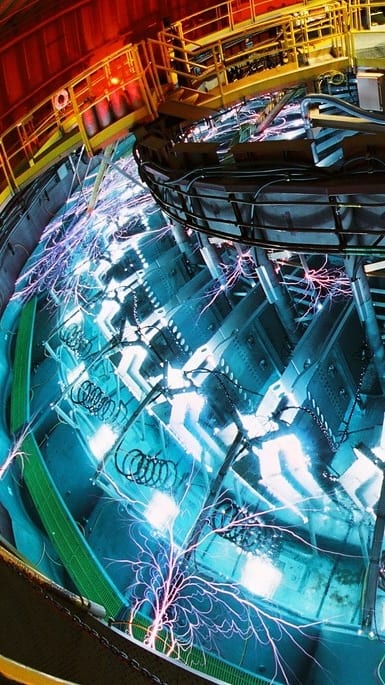Exactly 100 years ago Edwin Hubble announced his discovery of the expansion of the universe before the American Astronomical Society. A critical aspect of his theory, as he would later publish it along with his colleague Milton Humason, involved a constant value, now $H_0$, that would help determine how fast a celestial object was moving away from an observer. Hubble’s initial estimate was 500 km/s/Mpc but astronomers have since reduced it to about 72 km/s/Mpc. The problem, though, is that various estimates over the years have given values ranging from as low as 67.8 to as high as 74 km/s/Mpc, a variation that could put an object lightyears away from where it ought to be.
Most recently, Adam Riess et. al. measured the Hubble constant at about 8% higher than existing theoretical predictions with an 8σ confidence. Meanwhile, based on Hubble data, Wendy Freedman et. al. measured about 70 km/s/Mpc, closer to the theoretical value but in disagreement with the later measurements made by the Riess group. The former group has contended that the theoretical framework is missing something critical while the latter has long contended that available experimental data are not sufficiently clean to be entirely trustworthy. This discrepancy has been termed the ‘Hubble tension’.
Although there are a few different methods to measure the Hubble constant—most notably using gravitational waves and Doppler shifts—a common technique has been the use of Cosmic Microwave Background Radiation.
Until recently the Hubble Space Telescope was the primary means of obtaining these measurements and improving experimental data meant getting a better telescope in orbit. That was achieved with the James Webb Space Telescope (JWST), launched in December 2021, leaving astronomers with the expectation that the significantly better data obtainable through the JWST would help ease the Hubble tension.
The value of $H_0$ based on JWST data has now been determined to be 67.4 km/s/Mpc i.e. a volume of space of 3.26 light years should expanding by 67.4 kilometres every second. This is considerably far from theoretical predictions which all lie around 74 km/s/Mpc. Notably, a combined Hubble–JWST data computation by Freedman’s group predicts a value much closer to the theoretical result at just over 70 km/s/Mpc. This is closer to, but still far from being in agreement with, the theory.
A key reason for disagreement between experimental work happens to arise from the calibrators different groups choose. Some, for example Jensen et. al., use surface brightness fluctuations from stars at the Tip of the Red Giant Branch (TRGB) while others, like Freedman’s group, choose to drop a few supernovae from their calculations despite data being available from JWST. Interestingly, including this data increases the value of $H_0$ to about 74 km/s/Mpc as shown by Siyang Li et. al..
In short, we seem to now know much less than we did before thanks to new data from the JWST. The disagreement amongst experimenters seems to suggest the theoretical prediction is sound, but should experimenters eventually start agreeing with one another we would have to question the standard model of cosmology. The Hubble tension has already been called a ‘crisis’ in astrophysics before, so there is little room for labelling it as anything worse. It certainly is a delectable puzzle for the coming decade.
